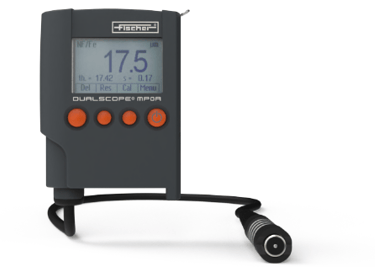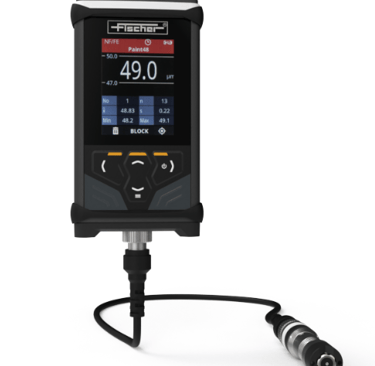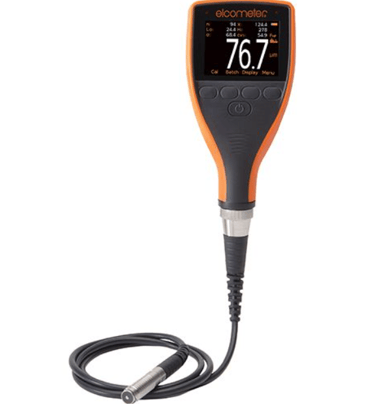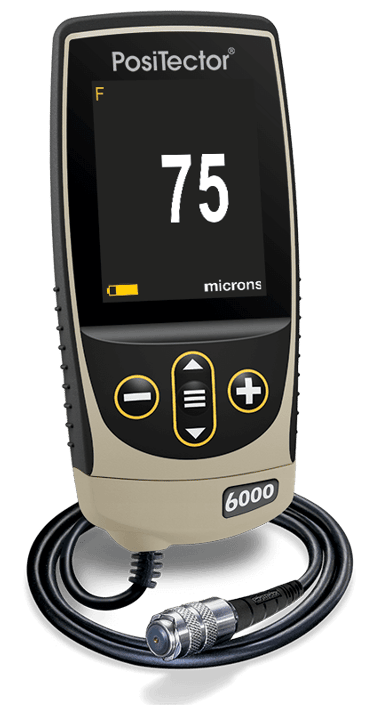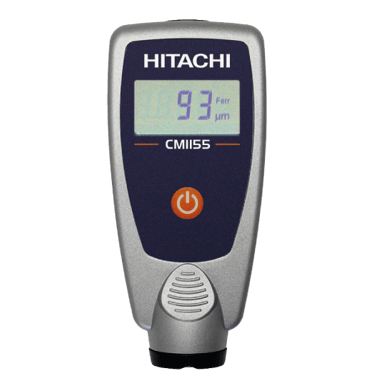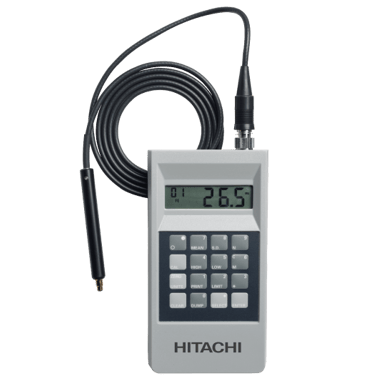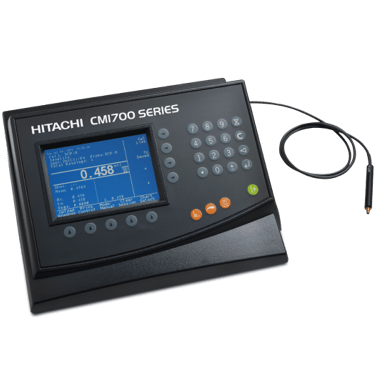
Eddy Current measuring method
/
/
/
The prerequisite for this is a non-magnetic base material and a magnetic/non-conductive coating.
This is how Eddy Current measuring works.
This measuring method uses probes with or without ferrite core. A coil is wound around these, through which a high-frequency alternating current flows. This creates a high-frequency alternating magnetic field around the coil.
If the probe pole comes close to a metal, so-called eddy currents are induced in this metal. This also generates an alternating magnetic field. Since this second magnetic field is opposite to the first one, the original magnetic field is weakened. The extent of this weakening depends on the distance between the pole and the metal base material. For coated parts, this distance corresponds to the coating thickness.
Where is this process used?
Electrically non-conductive, non-magnetic coating materials
e. g. paint, lacquer or plastic coatings on electrically conductive non-ferrous metals
e. g. anodized coatings (anodizing) on aluminum
Calibration: Instruments must be calibrated for the specific material type and thickness range for accurate results.
Surface Condition: The surface of the material must be smooth, clean, and free from any contaminants, such as dust or oil, which could affect measurements.
Temperature Stability: Extreme temperature variations can impact the readings, so stable environmental conditions are recommended.
Applicable Standards
DIN EN ISO 2360


Available Manufactures and Solutions
Model- MPO
Model- MMS Inspection
Model- FMP
Model- DMP
HELMUT FISCHER
DEFELSKO
Model- ELCOMETER 456
ELCOMETER
Model- POSITECTOR 6000
HITACHI HI-TECH ANALYTICAL SCIENCES
Model- CMI150 & 250
ELECTROPHYSIC
Model -Minitest
Model -Quintsonic
Model -Smartest
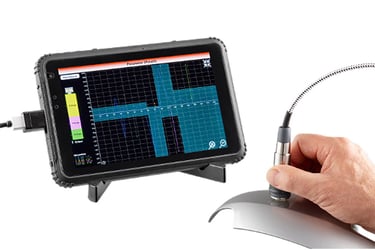



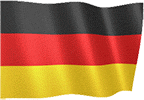








Model- CMI730
Model- CMI233 & 243


Innovation House
Mon-Sat 9am-7pm

contact@nextagen.in

+91 2654059388
© 2024 Nextagen Analytics Private Limited . All Rights Reserved.
